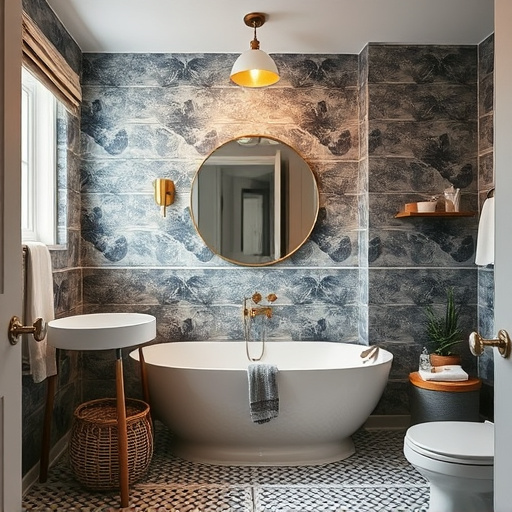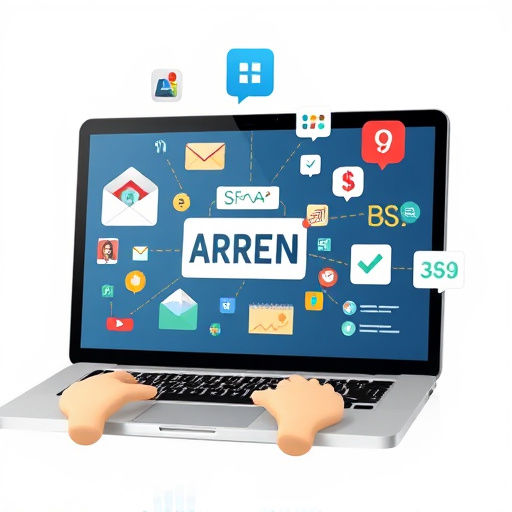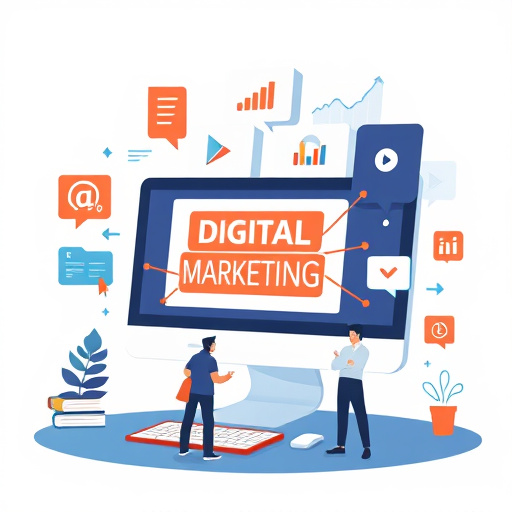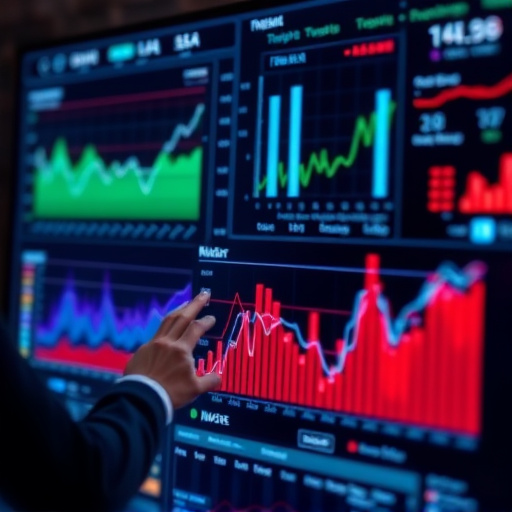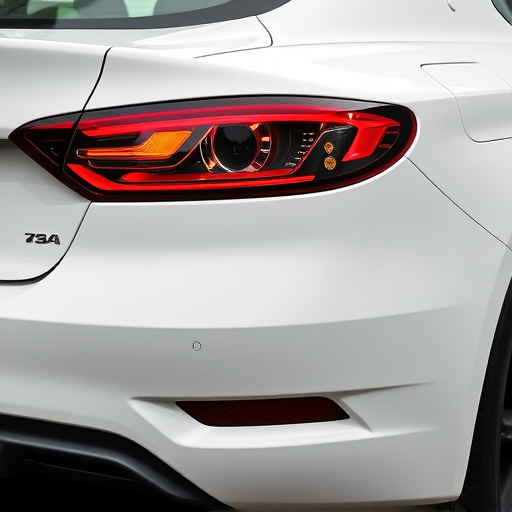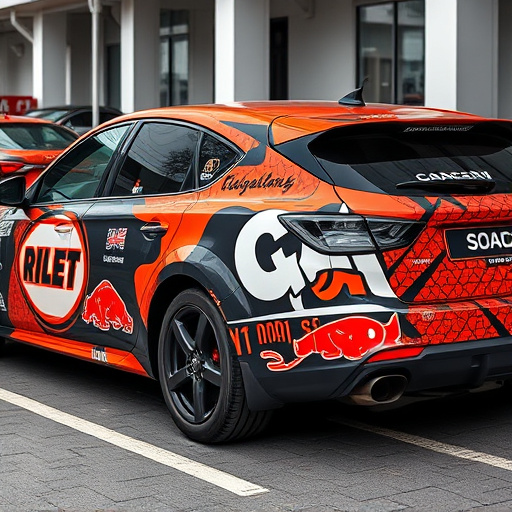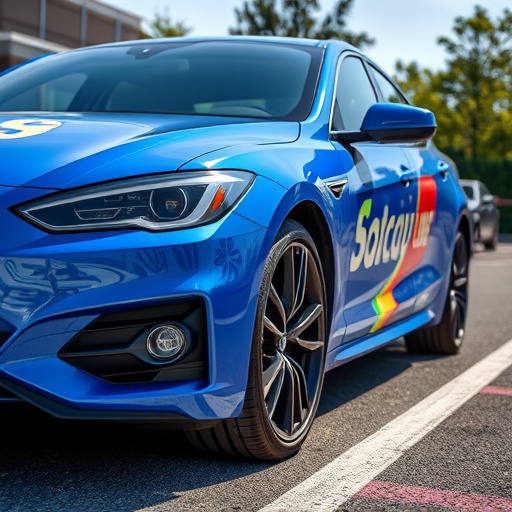In 2025, marketing materials design trends prioritize minimalism, simplicity, and personalization. Brands use clean layouts, bold typography, and data-driven strategies to create memorable content. Micro-interactions and custom graphics enhance user engagement across various mediums. Technological advancements enable hyper-tailored messages while incorporating real-time data into visual elements like packaging. Sustainability has become a business necessity, with designers integrating eco-friendly practices such as recycled materials and UV-protective films. These trends foster brand loyalty and meet the growing environmental consciousness of consumers.
In 2025, marketing materials design is evolving rapidly, driven by technological advancements and shifting consumer preferences. This article explores three key trends that will shape the landscape of visual communication:
1. Evolving Visual Aesthetics: The rise of minimalism and micro-interactions enhances user engagement.
2. Personalization and Data-Driven Design: Leveraging data allows for tailored content that resonates with specific audiences.
3. Sustainability and Eco-Friendly Marketing Materials: Increasing demand for environmentally conscious choices influences design trends.
Discover how these innovations are revolutionizing marketing materials design in the modern era.
- Evolving Visual Aesthetics: Minimalism and Micro-Interactions
- Personalization and Data-Driven Design
- Sustainability and Eco-Friendly Marketing Materials
Evolving Visual Aesthetics: Minimalism and Micro-Interactions
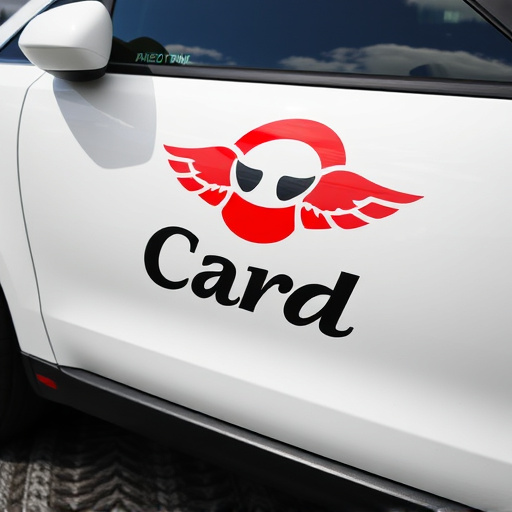
In the realm of marketing materials design for 2025, a notable trend is the evolution of visual aesthetics, with minimalism taking center stage. Brands are increasingly adopting clean, uncluttered designs, prioritizing simplicity and functionality to capture attention in an oversaturated market. This shift towards minimalism does not mean sacrificing creativity; instead, designers are leveraging negative space, bold typography, and subtle color palettes to create visually appealing and memorable materials. By focusing on less, they ensure that each element in the design serves a purpose, enhancing the overall user experience.
Micro-interactions, another emerging trend, play a crucial role in engaging audiences. These subtle animations and micro-gestures add a layer of interactivity to marketing collateral, whether it’s a website, app, or printed material. Incorporating UV protection for outdoor campaigns and vehicle enhancement graphics that capture movement can make static designs come alive. Custom graphics, tailored to specific brands and products, further personalize the user experience, making marketing materials more relevant and captivating.
Personalization and Data-Driven Design
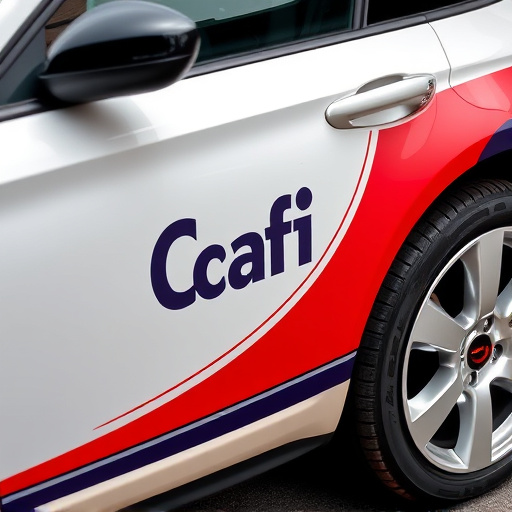
In the realm of marketing materials design, personalization and data-driven strategies are set to dominate 2025. With advancements in technology, marketers now have access to a treasure trove of consumer data, enabling them to craft highly tailored messages that resonate with specific audiences. By leveraging analytics, businesses can gain deep insights into customer preferences, behaviors, and demographics, ensuring their marketing efforts hit the mark every time. Personalized content, whether it’s dynamic email campaigns or customized social media ads, creates a unique connection with consumers, fostering trust and loyalty.
This shift towards data-driven design is also evident in the visual aspects of marketing materials. For instance, using tools that integrate with vehicle wraps or ceramic window tinting services, designers can incorporate real-time data to create visually appealing and contextually relevant graphics. Similarly, the trend extends to product branding, where companies utilize data to design eye-catching and informative packaging, making their offerings stand out in a crowded market. As consumer behavior continues to evolve, marketing materials design will remain dynamic, leveraging technology and data to capture attention and drive conversions.
Sustainability and Eco-Friendly Marketing Materials
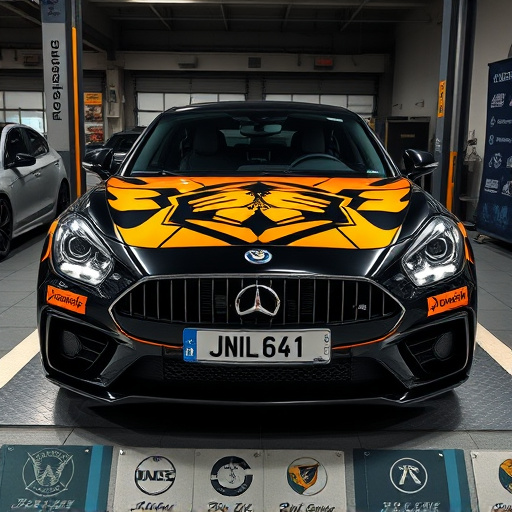
With a growing global focus on environmental conservation, sustainability is no longer just a trend but an imperative for businesses, and this shift is prominently reflected in marketing materials design for 2025. Eco-friendly marketing materials are gaining traction as brands strive to reduce their carbon footprint and appeal to environmentally conscious consumers. From recycled paper and biodegradable inks to sustainable packaging solutions, designers are exploring innovative ways to create visually appealing and effective promotional items without damaging the planet. This trend not only aligns with corporate social responsibility goals but also offers long-term benefits, such as enhanced brand image and customer loyalty.
In addition to these broader sustainability efforts, specific applications like custom graphics for vehicle protection and window tinting incorporate eco-friendly practices. For instance, using UV-protective window films not only reduces energy consumption associated with cooling but also contributes to the preservation of vehicles’ interior and passenger comfort while minimizing environmental impact through responsible disposal and recycling practices. As design professionals embrace these sustainable marketing materials, they are not only contributing to a greener future but also staying ahead in an increasingly conscious consumer market.
As we move towards 2025, marketing materials design is undergoing a transformative shift. The emphasis on minimalism and micro-interactions creates visually appealing content that captivates audiences without clutter. Personalization, driven by data analysis, allows for targeted communication, enhancing customer engagement. Moreover, the growing awareness of sustainability has led to an increase in eco-friendly marketing materials, reflecting a conscious effort to reduce environmental impact. These trends collectively shape a more nuanced and responsible approach to design, ensuring that marketing remains both effective and sustainable in the digital age.
